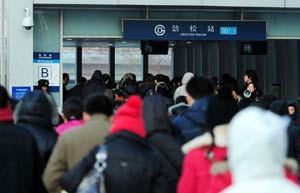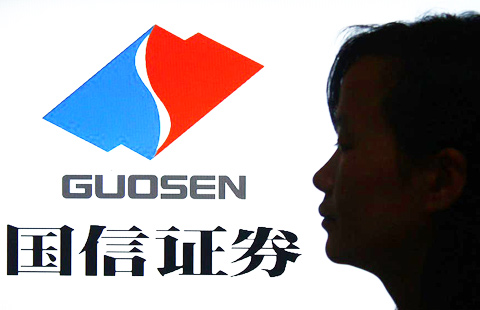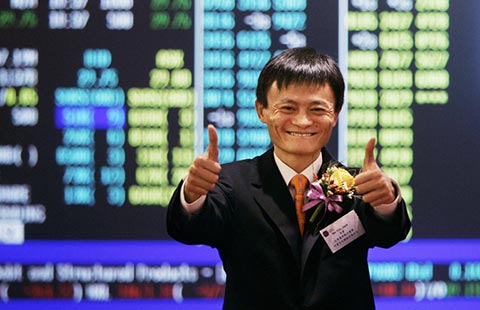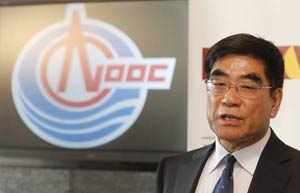MTR brings expertise to metro growth
By Zhong Nan in Hong Kong (China Daily) Updated: 2014-07-31 07:16Leong Kwok-kuen, deputy chief executive officer of MTR, said more cities in the mainland have realized that this model can enable local governments to use the expertise and efficiency private companies can offer to the delivery of certain metro facilities and services traditionally provided and operated by the government.
|
 |
|
 |
In second-tier cities, for example, governments have to spend between 3 billion and 6 billion yuan ($484.3 million to $968.51million) to subsidize their metro systems because of low fares, high maintenance and operating costs, according to a report by the institute of transportation research of NDRC released in March.
MTR won the bid for a site at Beiyunhe station along Tianjin Metro Line 6 through a joint venture with Tianjin Metro Group Co in 2013. A mixed-use development of 270,000 square meters will be sold at the Tianjin site in 2015.
"The Chinese mainland has abundant purchasing power and a growing middle class, so carrying out 'the rail plus property' business model certainly can benefit the traveling public because the cost of building railways is shared by the profit generated from property sales," said Hou Hanping, a professor of public transportation at Beijing Jiaotong University.
"Fares can be kept at reasonable levels, without the need for government subsidies on day-to-day operations, "Hou said.
- Investors targeting overseas property
- Top 8 global brands caught in China's food safety scandals
- MTR brings expertise to metro growth
- Xbox One to provide a perfect world for China's 400m game players
- Reforming hukou will unify rights of migrants
- Govt gives boost to electric cars
- Oil stocks rally on news of probe
- Alibaba reportedly in talks to fund Snapchat















